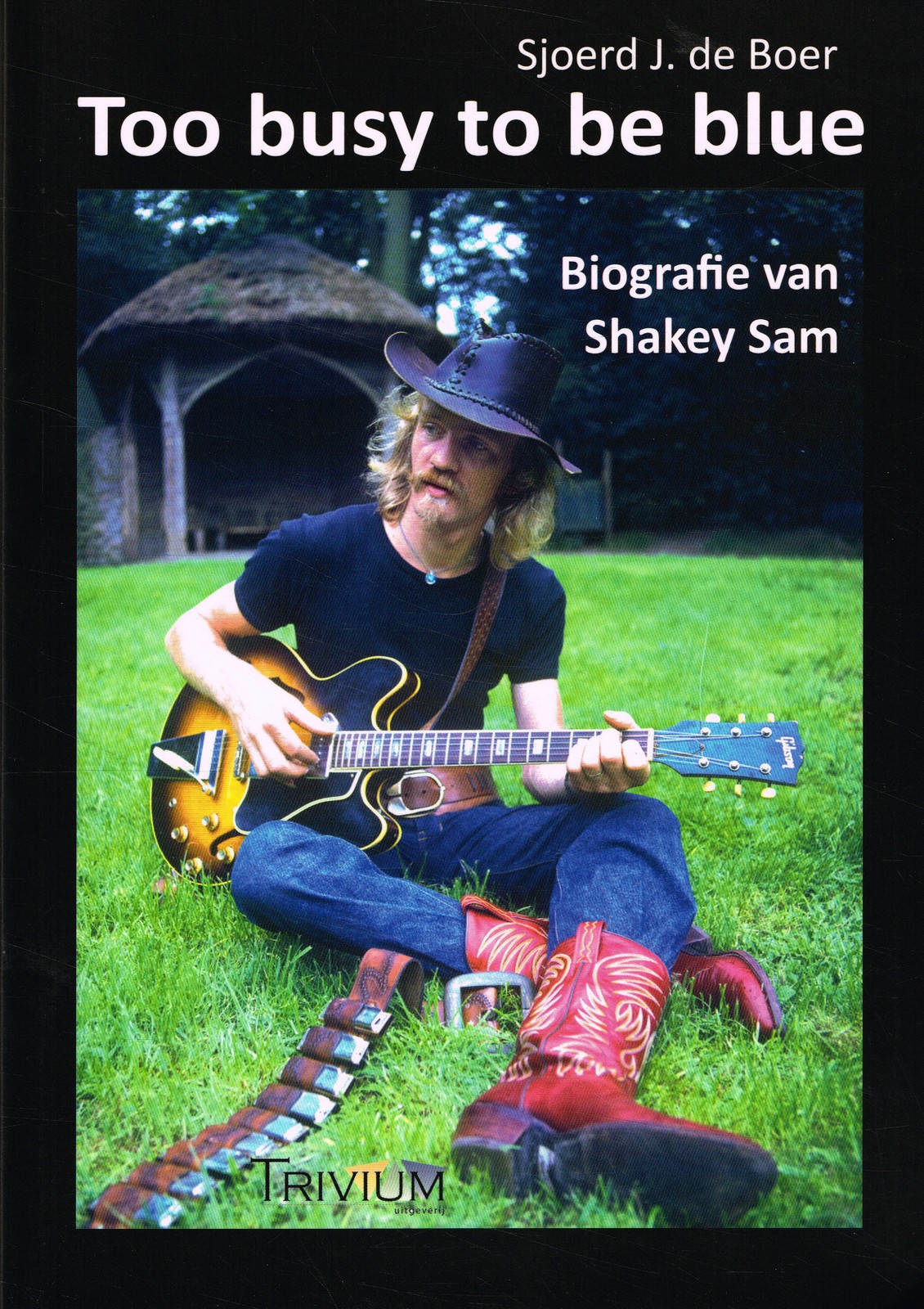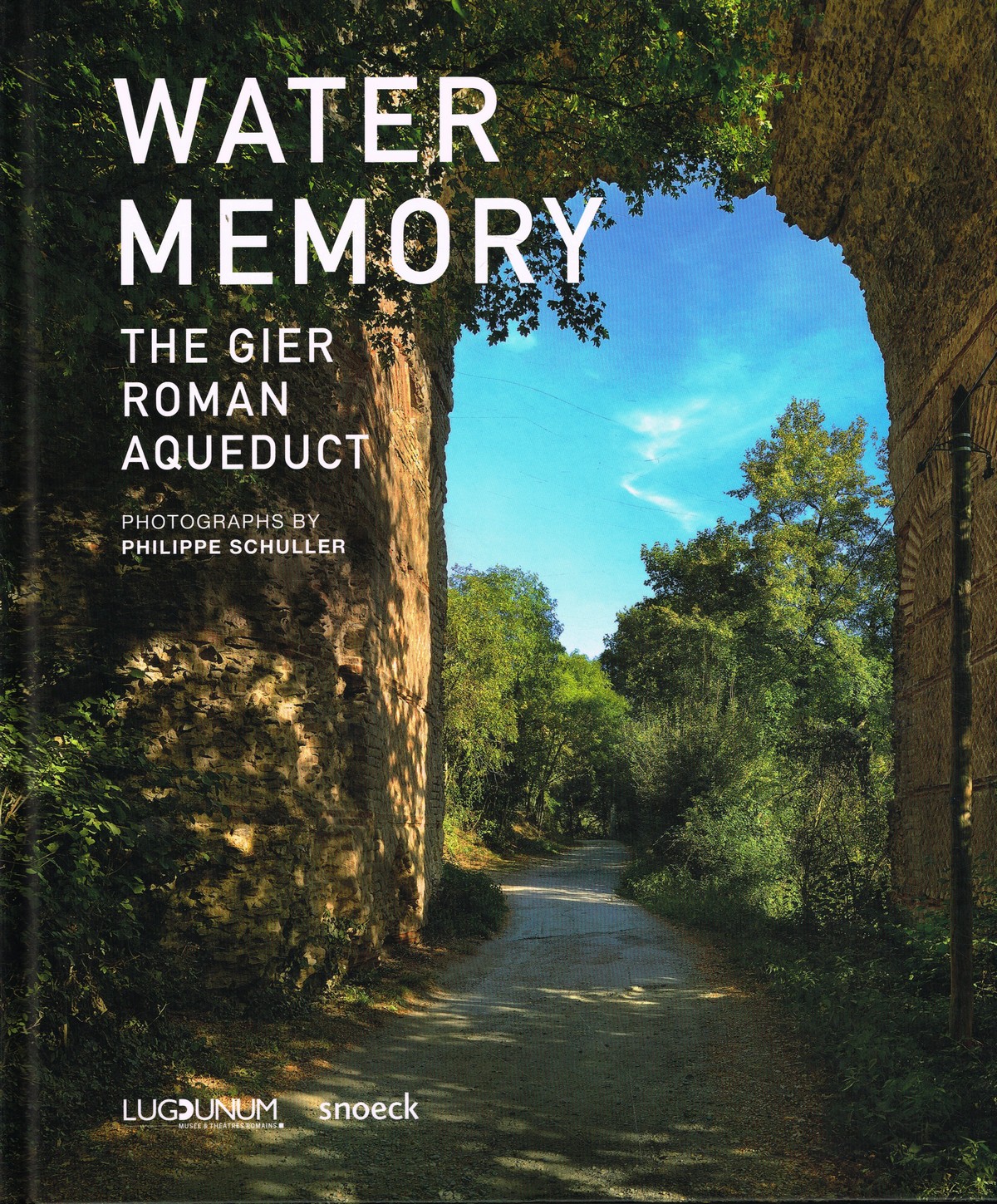Terug/Home/Webwinkel ramsj.nl /Kunst/Fotografie/Water Memory
Water Memory
The Gier Roman Aqueduct
€ 18,00 Oorspronkelijke prijs was: € 18,00.€ 7,90Huidige prijs is: € 7,90.
For English see below- In de Romeinse tijd brachten vier grote aquaducten water naar de stad Lyon. Het meest monumentale daarvan, het aquaduct van Gier, maakt vandaag de dag nog steeds indruk op de bezoeker met de vele bouwwerken die langs de 86 km lange route te vinden zijn. Philippe Schuller, een fotograaf met een grote gevoeligheid voor de sporen van het verleden, heeft de overblijfselen ervan lang bezocht. Seizoen na seizoen weerspiegelen de belichting en de sfeer van zijn composities het brede scala aan gevoelens die door deze ruïnes in hun hedendaagse omgeving zijn geïnspireerd. – In Roman times four large aqueducts brought water to the City of Lyon. The most monumental of them, the Gier Aqueduct, still impresses the visitor today with the many structures to be found along its 86 km route. Philippe Schuller, a photographer with a great sensitivity for the traces of the past, has long frequented its remains. Season by season, the lighting and atmosphere of his compositions reflect the wide range of feelings inspired by these ruins in their present-day setting.
Gerelateerde producten
kunst
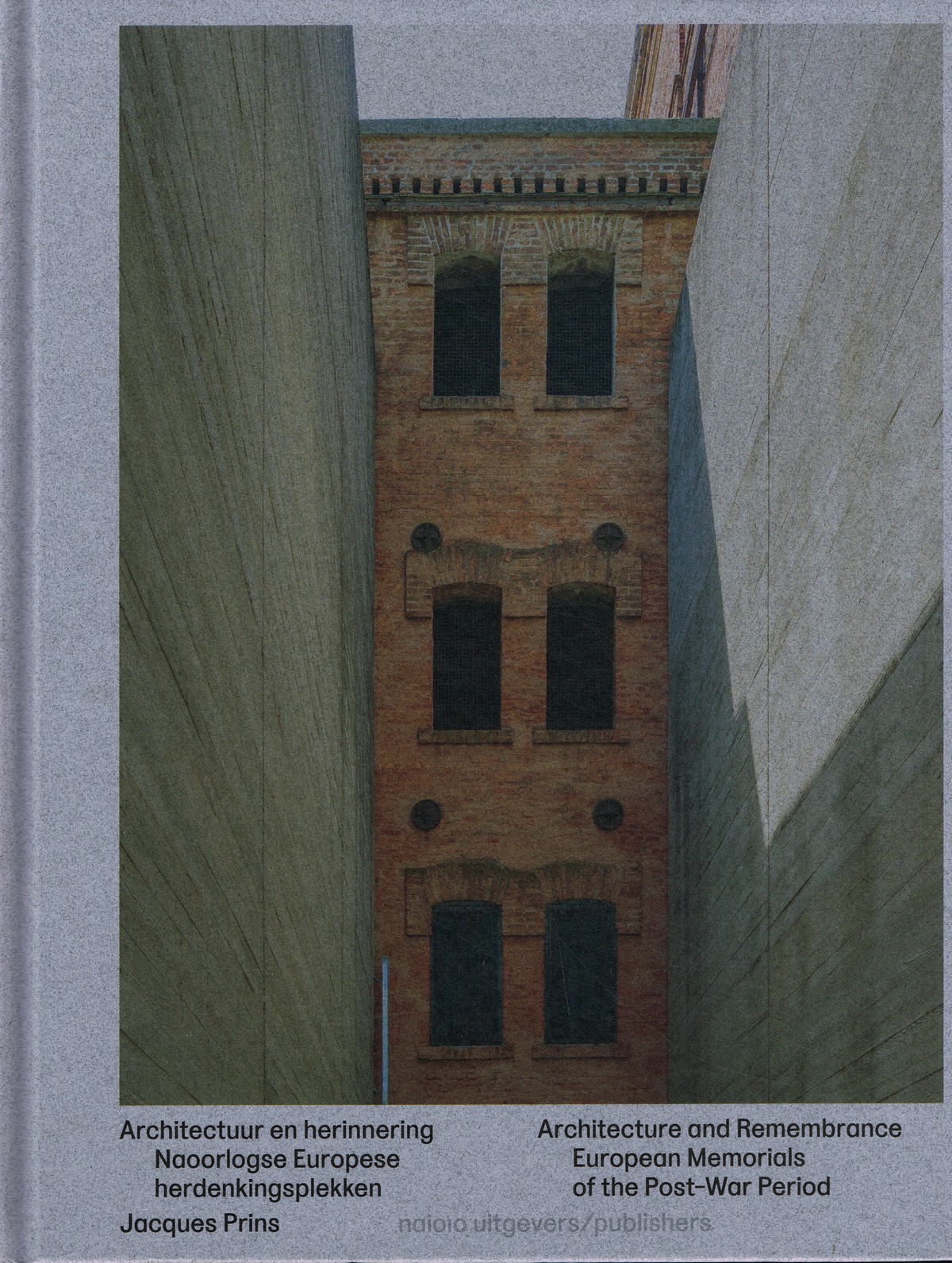
Jacques Prins
Architectuur en herinnering / Architecture and Remembrance
For Dutch see below - English - 2020 is the 75th anniversary of the end of the Second World War. In Architecture and Memory, architect Jacques Prins focuses on commemorative sites. He brings together 40 of these sites, from across Europe and from the post-war period, and documents them in texts, drawings and photographs. His aim is to convey the feeling of oppression and detachment to the visitor, without creating a reconstruction, to really allow them to identify with the past. For easy comparison, Architecture and Memory includes several drawings of each site: of the situation they were in during the Second World War and of the situation they are in today. Together these create an image of the design strategies that different designers have employed over the course of time. Professor dr. Rob van der Laarse is Professor Heritage of the War at CLUE (Cultural Landscape and Urban Environment), the interdisciplinary research institute for heritage and history at the VU. Jacques Prins is architect and partner at Inbo and responsible for the new building of Nationaal Monument Kamp Amersfoort. Max Meijer is heritage advisor at TiMe Amsterdam. - Dutch - In het jaar waarin we 75 jaar bevrijding herdenken staat architect Jacques Prins ook stil bij plaatsen van herinnering. In dit boek brengt hij 40 van deze plekken, verspreid over Europa en uit de naoorlogse periode samen, gedocumenteerd in tekst, tekeningen en foto's. Bij al deze plekken is het doel steeds zonder te reconstrueren toch het gevoel van beklemming en onthechting op de bezoeker over te brengen, zodat deze zich goed met het verleden kan identificeren. Architectuur en herinnering toont van elke plek tekeningen van de situatie tijdens de tweede wereldoorlog en nu, zodat die goed met elkaar vergeleken kunnen worden. Op die manier ontstaat een beeld van de ontwerpstrategie die de verschillende ontwerpers in de loop van de tijd hebben ingezet. Professor dr. Rob van der Laarse is hoogleraar Erfgoed van de oorlog bij CLUE, (Cultural Landscape and Urban Environment), het interdisciplinaire onderzoeksinstituut voor erfgoed en geschiedenis van de VU. Jacques Prins is architect en partner bij Inbo en verantwoordleijk voor de nieuwbouw van herinneringscentrum voor het Nationaal Monument Kamp Amersfoort. Max Meijer is erfgoedadiseur bij TiMe Amsterdam. Nai010geb - 240 blz
kunst
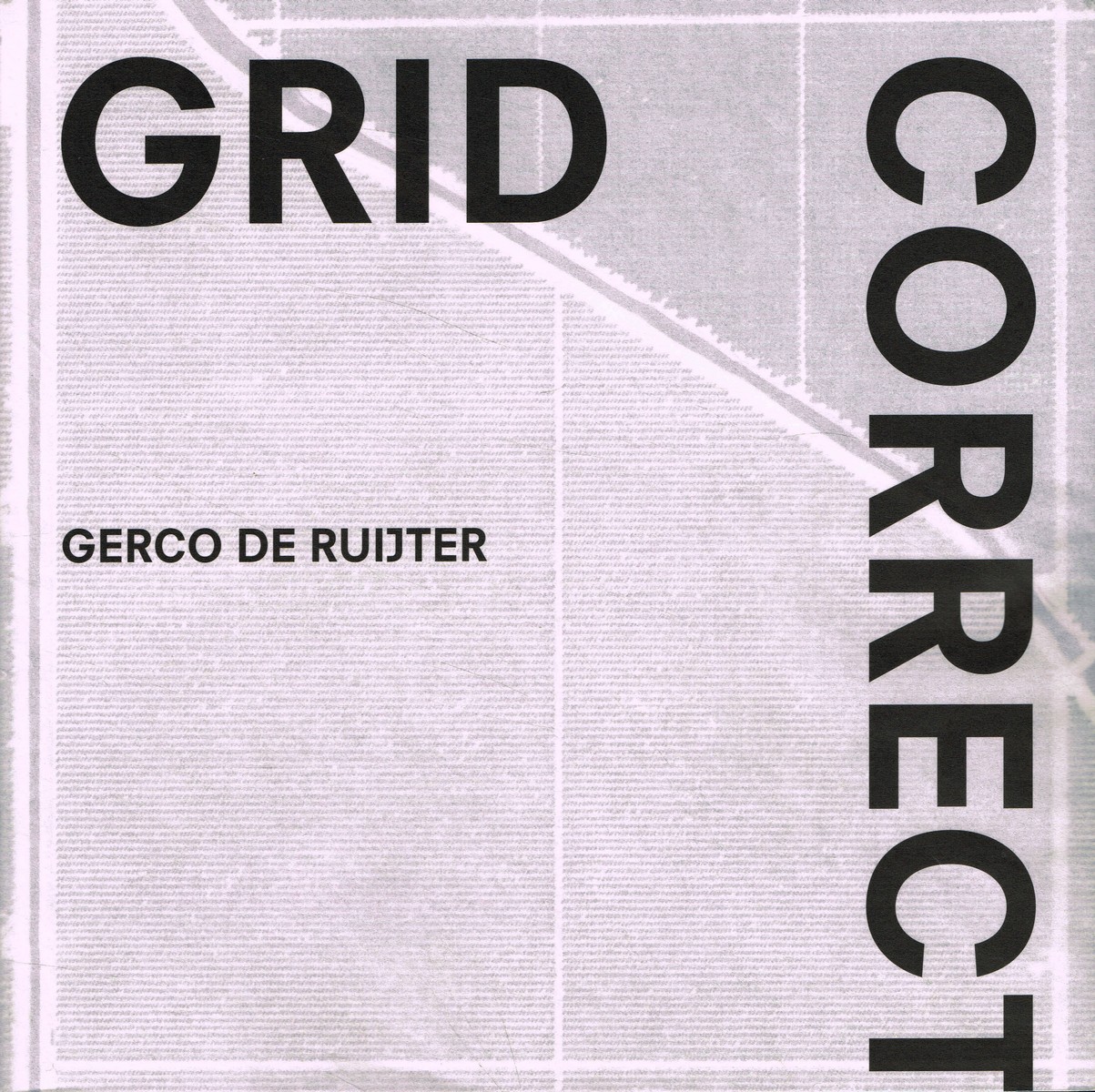
Gerco de Ruijter
Grid Corrections
For English please see below Het Public Land Survey System, ofwel het Jefferson Grid, is het systeem waarmee landmeters eind achttiende eeuw het midden en Westen van de Verenigde Staten in keurige vierkanten verdeelden van exact één bij één mijl. Maar omdat de aarde rond is, liepen de lijnen naar het noorden taps toe. Daarom moest het raster gecorrigeerd worden: grid corrections brachten om de 20 mijl theorie en praktijk weer bij elkaar. Toen vlieger- en luchtfotograaf Gerco de Ruijter tijdens een residentie in Wichita (Kansas) in 2016 over deze kaarsrechte stofwegen reed, kwam hij ze tegen: kleine knikjes en T-kruisingen in het verder volkomen geometrische wegennet. Doordat de verspringingen in het raster steeds variëren, ontstaat een veelvormige en dynamische reeks van beelden die vervreemdt en verwondert. De Ruijter speurde met behulp van Google Earth duizenden van deze correcties op: ondergesneeuwd of uitgedroogd, in steden en woestijnen, door alle seizoenen heen. 'Grid Correct' toont een selectie van ruim 250 van deze grid corrections, gekozen en vormgegeven door Gerco de Ruijter en grafisch vormgever Irma Boom. Begeleid door een tekst van schrijver Peter Delpeut vormt dit bijzonder vormgegeven boek een kunstwerk en monument ineen, getuigenis van de menselijke drang om het landschap in te richten en de vele manieren waarop de natuur daarop reageert. -- The Public Land Survey System or Jefferson Grid is the system with which surveyors divided the middle and west of the United States into neat squares of exactly one by one mile in the late eighteenth century. But because the earth is round, the lines tapered to the north. Therefore the grid had to be corrected: every 20 miles, grid corrections brought theory and practice back together. When pilot and aerial photographer Gerco de Ruijter drove along these dead straight dust roads during a residency in Wichita (Kansas) in 2016, he came across them: small bends and T-junctions in an otherwise completely geometric road network. The grid corrections are all different and therefore create a multiform and dynamic series of images that alienates and amazes. With the help of Google Earth, De Ruijter looked up thousands of these corrections: snowed under or dried up, in cities and in deserts, throughout the seasons. 'Grid Correct' presents a selection of over 150 grid corrections, selected and designed by Gerco de Ruijter and graphic designer Irma Boom. Accompanied by a text by writer Peter Delpeut, this exceptionally designed book is a work of art and monument in one, a testimony to the human urge to design the landscape and the many ways in which nature responds to that urge. Tweetalig boek Engels en Nederlands nai010pap - 452 blz
kunst
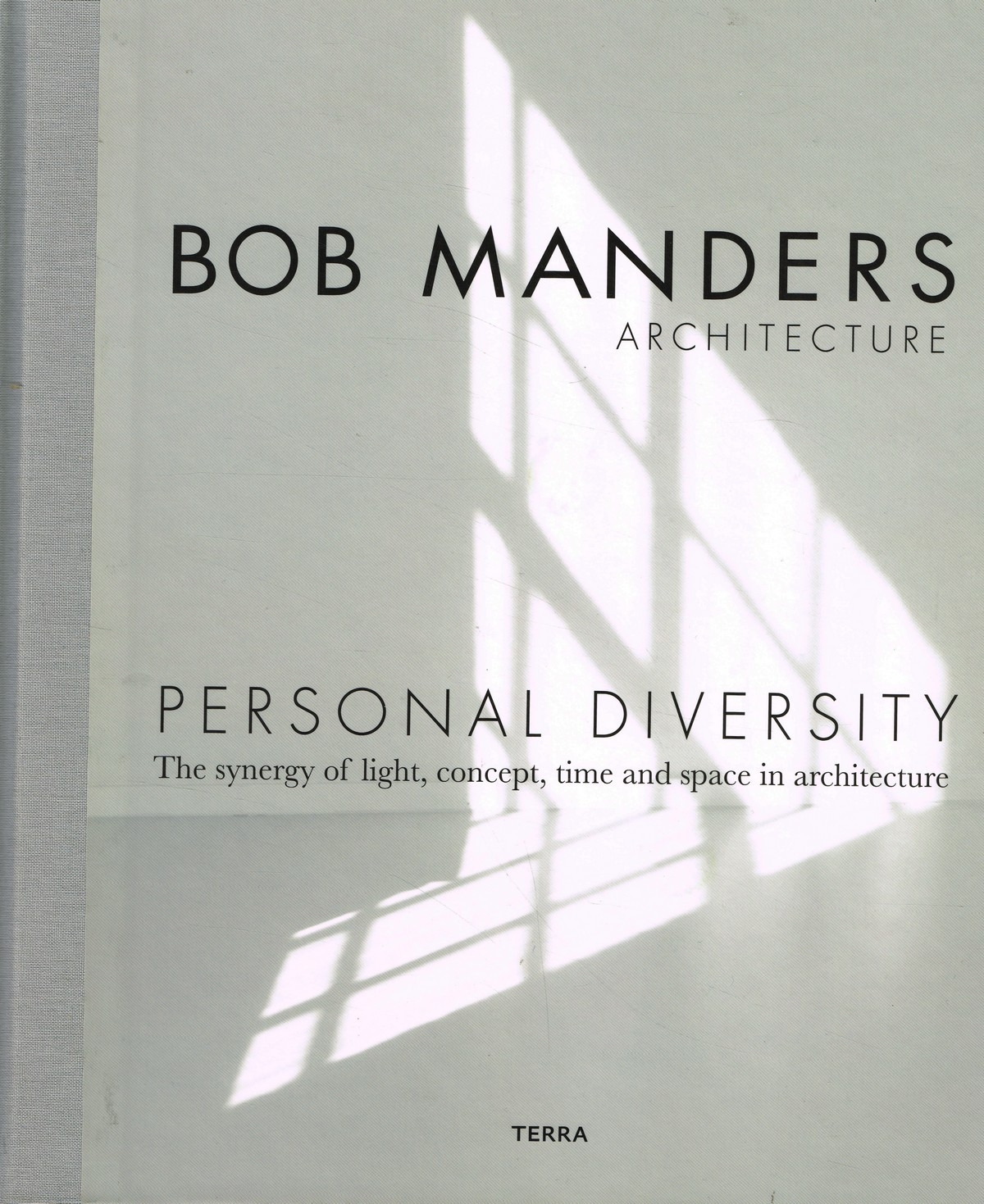
Bob Manders
Personal Diversity
For English see below- In 'Personal diversity' laat de Nederlandse architect Bob Manders zien hoe uiteenlopende smaken en voorkeuren harmonieus kunnen samenwerken binnen een bepaalde stijl of concept. Met de oneindige verscheidenheid van de natuur als inspiratiebron creëert hij structuren die niet gemakkelijk te categoriseren zijn en die de individualiteit van zijn klanten sterk weerspiegelen. Hij combineert inzicht in architectonische principes uit het verleden met een passie voor innovatie, waarbij hij rekening houdt met licht en de impact ervan, context, flexibiliteit en veelzijdigheid. Zijn innovatieve omgang met de ruimte is gebaseerd op zijn Nederlandse afkomst, met een respect voor licht en schaduw dat de verbinding tussen binnen en buiten erkent. Zijn ontwerpen kenmerken zich met open, frisse en witte ruimtes, maar ook kamers die warm, donker en gezellig zijn. Hij gaat de uitdaging aan om alle zintuigen te gebruiken als het gaat om architectuur, met minimalistische ontwerpen die het traditionele en het moderne op sublieme wijze vermengen. - In 'Personal diversity', Dutch architect Bob Manders shows how different tastes and preferences can work together harmoniously within a certain style or concept. Using nature's infinite variety as his inspiration, he creates structures that can't be easily categorized, and strongly reflect the individuality of his clients. He combines insight into architectural principles of the past with a passion for innovation, considering light and its impact, context, flexibility and versatility. His innovative treatment of space draws on his Dutch heritage, with a respect for light and shadow that acknowledges the connection between the inside and the outside. His designs feature open, fresh and white spaces, but also rooms that are warm, dark and cozy. He addresses the challenge of using all the senses when it comes to architecture, with minimalist designs which sublimely blend the traditional and the modern. Tweetalig boek Nederlands en Engels Terrageb - 276 blz
kunst
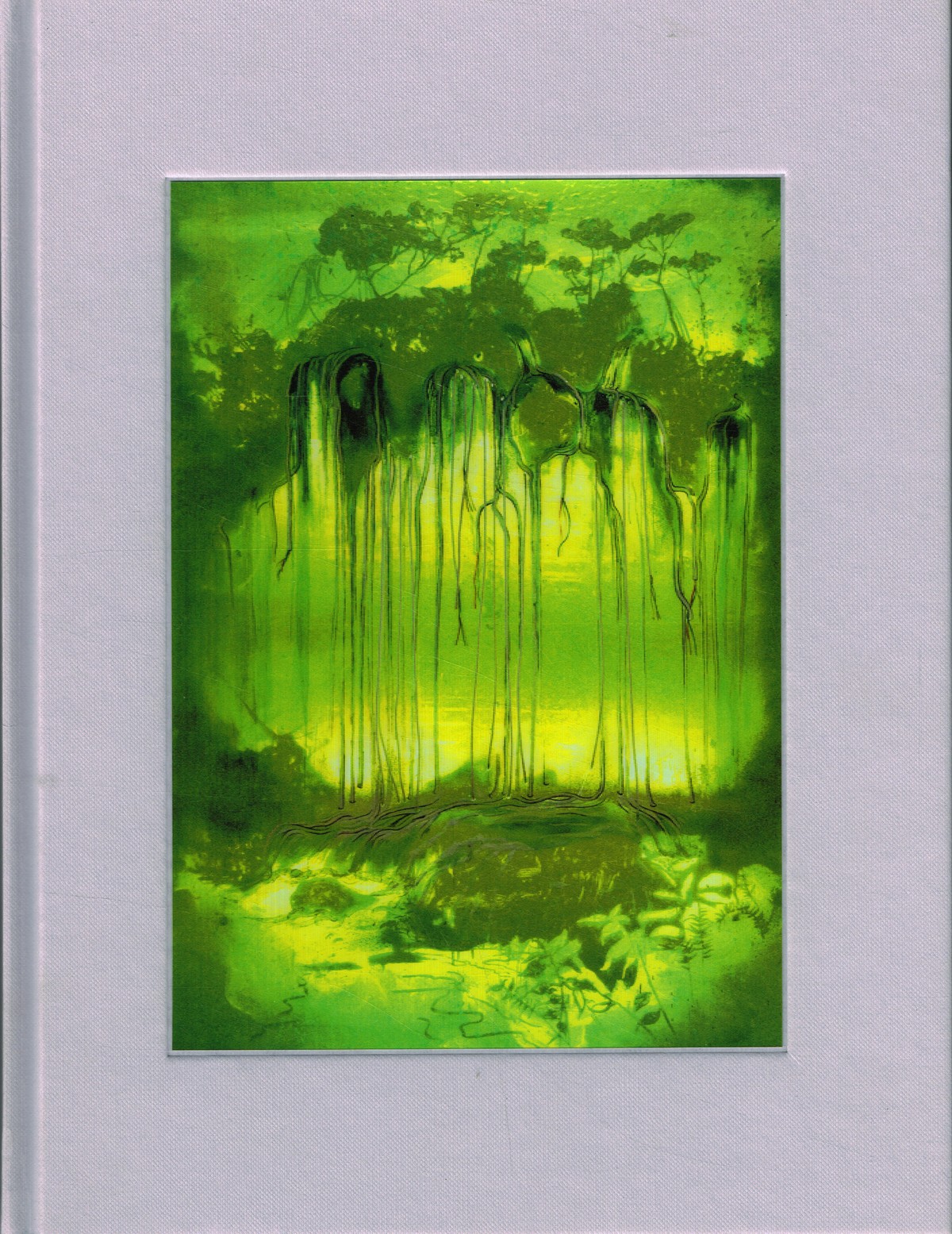
Sir Norman Rosenthal
Philipp Fürhofer
For English see below- 'Philipp Fürhofer' combineert in zijn multidisciplinaire artistieke praktijk schilderkunst, beeldhouwkunst, installatie en decorontwerp. Hij werkt met moderne materialen en plaatst deze naast historische elementen. Na zijn afstuderen aan de Universität der Künste Berlin bracht Fürhofer maandenlang in het ziekenhuis door met hartklachten en onderging hij een gedeeltelijke transplantatie. Geïnspireerd door de transparantie van de röntgenfoto's van zijn eigen borstkas maakt hij een aantal acrylaatdozen gevuld met gestructureerde objecten die hij zodoende een nieuwe vorm en een nieuwe werkelijkheid geeft. Hij wisselt de verschillende lagen van het werk af met spionspiegelfolie en gebruikt gloeilampen en LED-buizen die aan en uit springen om verschillende beelden te creëren. Door de transparante oppervlakken te beschilderen, transformeert hij deze mysterieuze en dromerige werelden tot een oneindig aantal motieven, van torso's tot landschappen en van ribbenkasten tot bossen, waarin mens en natuur naadloos in elkaar overgaan. Sinds 2008 heeft hij aaneengesloten als decor- en kostuumontwerper voor de meest prestigieuze operahuizen gewerkt, van Amsterdam tot Helsinki, de Royal Opera House in Londen en Kopenhagen.- English- Combining painting, sculpture, installation and set design, Philipp Fürhofer's multidisciplinary artistic practice is a blend of modern materials, mixed with historical elements. After graduating from the Universität der Künste Berlin, Fürhofer spent months in hospital with heart issues, culminating in a partial transplant. Inspired by his own chest X-rays and their transparency, he created acrylic glass boxes filled with structured objects, giving them new forms and reality. Juxtaposing different layers of the works with spy mirror foil, he often uses incandescent light bulbs, LED tubes that switch on and off to reveal different visions. His paintings on the transparent surface transform his mysterious and oneiric worlds into infinite motifs, from torsos into landscapes or from rib cages into forests, making nature and humans coexist. Since 2008, he has continuously worked as set and costume designer for the most prestigious opera houses, from Amsterdam to Helsinki, including the Royal Opera Houses in London and Copenhagen. - Engelstalig boek nai010geb - 181 blz
